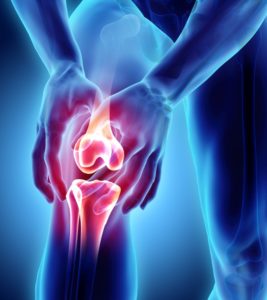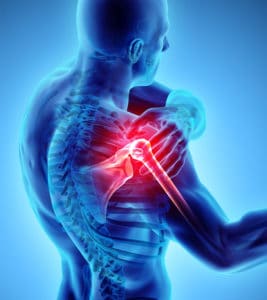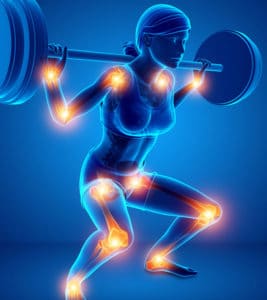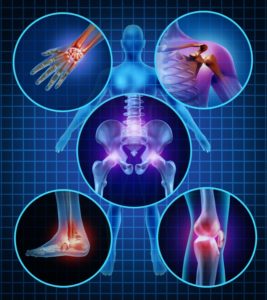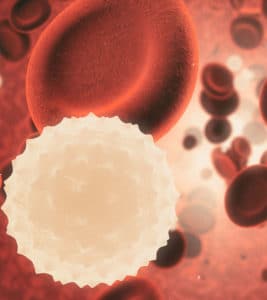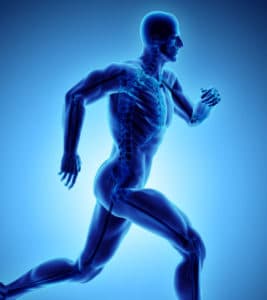Patellofemoral Pain
Patellofemoral Syndrome
Patellofemoral syndrome, also known as chondromalacia patella, is a painful knee condition caused by a degeneration of the cartilage in the kneecap, which may be caused by overuse, injury, obesity or malalignment of the kneecap. While this condition can affect anyone, it is most common in athletes and people who put heavy stress on their knees.
Symptoms Of Patellofemoral Syndrome
Individuals with patellofemoral syndrome experience knee pain that gets worse when the knee is bent, during activities that may include:
- Kneeling
- Walking up or down stairs
- Squatting
- Sitting
- Jumping
Some individuals also experience a buckling or popping sensation within the knee, as well as feelings of tightness or fullness.
Diagnosis Of Patellofemoral Syndrome
Patellofemoral syndrome is diagnosed through a physical examination of the knee and leg. Imaging tests may include X-rays, MRI scans or CT scans to visualize the tissue within the knee and rule out structural damage as the cause of pain.
Treatment Of Patellofemoral Syndrome
While patellofemoral syndrome may be a chronic condition, there are several basic treatment options available to relieve symptoms, most of which focus on avoiding activities that may cause pain. Additional treatment may include:
- Anti-inflammatory pain medications
- Rest
- Icing the affecting area
- Supportive braces
Customized physical therapy exercises, including stretching to improve flexibility and relieve tightness, may also be effective for treating the patellofemoral syndrome. Severe cases may require arthroscopic surgery to remove fragments of damaged cartilage or surgery to realign the kneecap and relieve pressure.
Rehabilitation For Patellofemoral Syndrome
Patellofemoral syndrome, also known as chondromalacia patella, is a painful knee condition caused by a degeneration of the cartilage in the kneecap, which may be caused by overuse, injury, obesity or malalignment of the kneecap. While this condition can affect anyone, it is most common in athletes and people who put heavy stress on their knees. Individuals with patellofemoral syndrome experience knee pain that gets worse when the knee is bent, especially when sitting or squatting, and during most physical activity.
Commonly referred to as “runner’s knee”, this condition is often initially treated at home with simple techniques that include rest, ice, compression, and elevation. Over-the-counter anti-inflammatory medication may also be effective in controlling pain and swelling, especially in combination with the application of ice packs.
Physical therapy is an essential part of a rehabilitation program for patellofemoral syndrome, designed to restore movement, strength, and flexibility to the knee. Initially, a physical therapist guides the patient in exercises to stretch the hamstrings, quadriceps and the back of the calf muscles. Eventually, muscle strengthening exercises may be introduced to strengthen the surrounding muscles of the:
- Quadriceps
- Hips
- Legs
Weight bearing activities and balance training may also introduced as the muscles become stronger. In addition to exercise, patellar taping and orthotics (shoe inserts) may be recommended to provide support and alleviate pain during physical activity. Depending on the severity of the condition, a rehabilitation program may last from 6 to 8 weeks.







